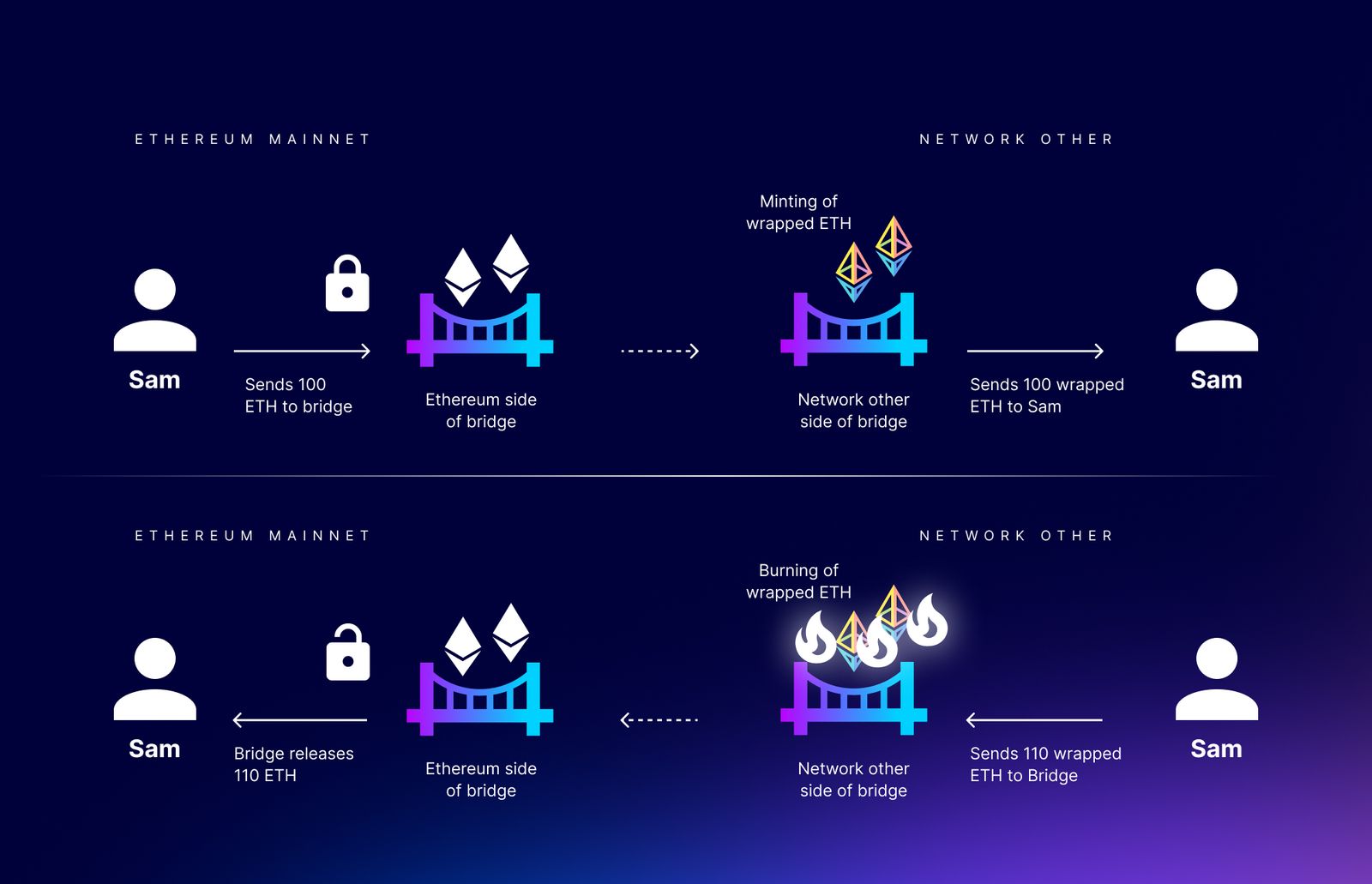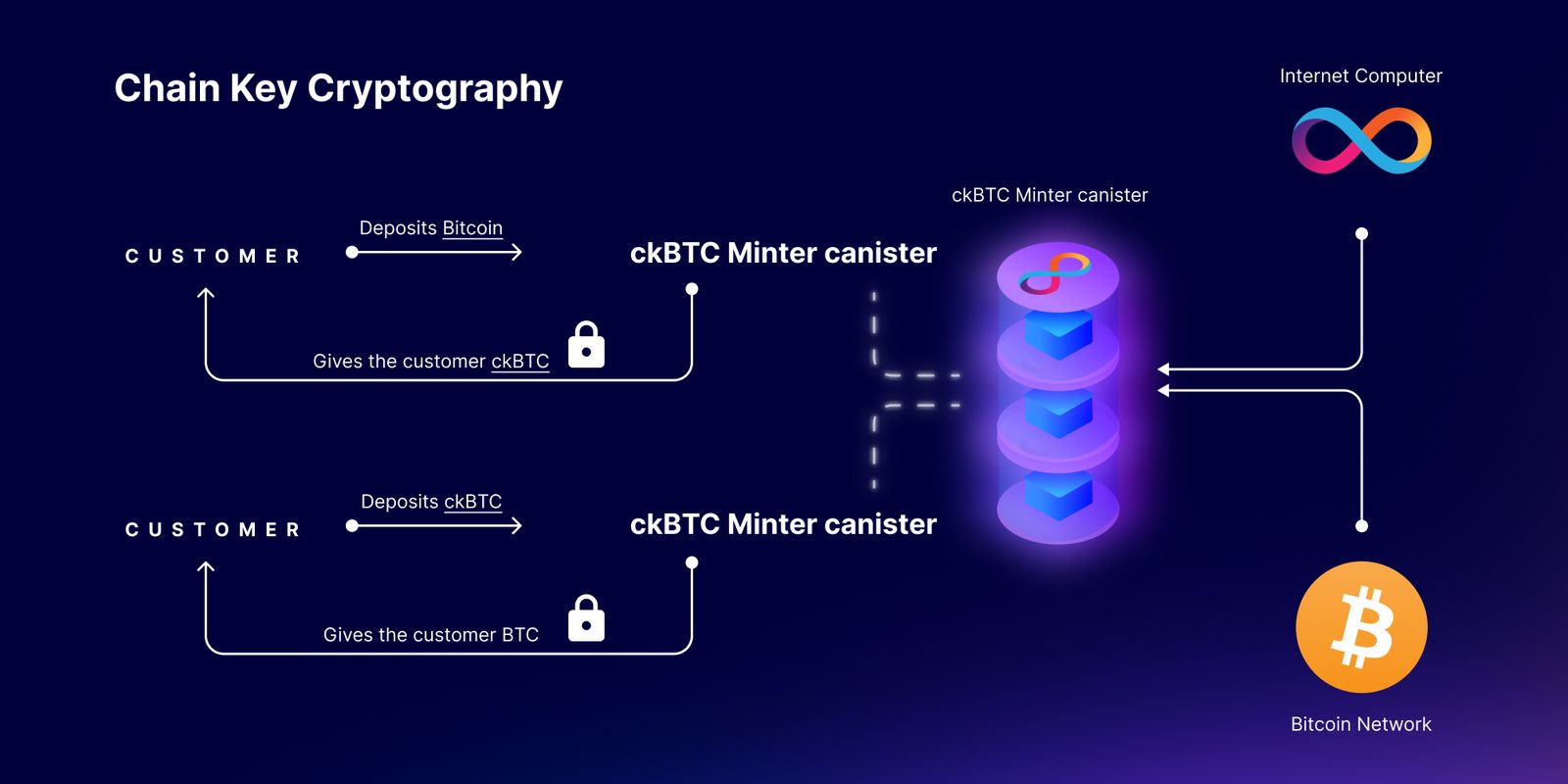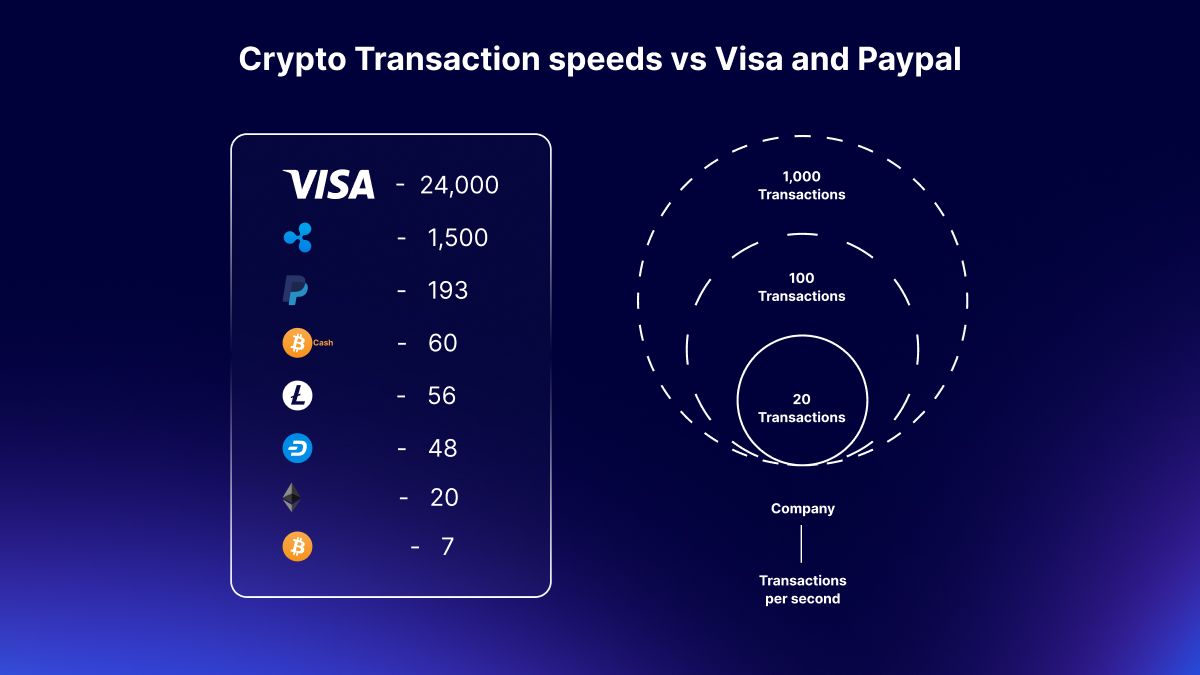A Deeper Dive into the Bitcoin DeFi Opportunity on the IC
By liberating Bitcoin with ICP's Web3 architecture, exchanges like InfinitySwap will unlock the coin's full DeFi potential and help restore public trust in cryptocurrency.
The long-awaited Taproot upgrade took place in November 2021, finally providing the blockchain infrastructure needed to accelerate the adoption of decentralized financial services through the Bitcoin network. This upgrade enables more efficient validation of multi-signature scripts, which addresses privacy issues and improves block storage by reducing the size of complex transactions occurring on the network.
But while Taproot was a crucial development, many Bitcoin (BTC) holders still don't use their coins on decentralized finance (DeFi) applications. Dominic Williams, founder and chief scientist at DFINITY, has explained that this is "because [trading BTC] involves the cumbersome task of wrapping it using a bridge so that it can be processed by smart contracts on another blockchain such as Ethereum."
The Problem of Ethereum's Wrap Protocol
Indeed, Bitcoin's currently limited DeFi presence is due mainly to unwieldy and risky third-party bridges between blockchains. Many people simply don't want to risk losing BTC due to technical accidents, while others simply don't have the time or expertise to properly exchange BTC in DeFi marketplace.
That being said, the Wrap Protocol, an Ethereum-based BTC bridging solution, is popular among the relatively small but growing population of DeFi users who trade BTC because it allows BTC to be used in Ethereum smart contracts.

Unfortunately, there are several limitations to this approach.
- First, it still requires a third party to hold the BTC, which adds to the risk of counter-party vulnerabilities.
- Second, the BTC needs to be converted to an ERC20 token, which can be subject to price fluctuations.
- Finally, this solution is not very scalable, as it can only handle a limited number of transactions.
The Solution of the Internet Computer
The Internet Computer (ICP) is a new layer two solution that seeks to address the limitations of wrapped BTC. In contrast to Ethereum, the ICP blockchain provides direct integration with the Bitcoin network in a way that leverages Chain Key Cryptography to empower smart contracts to hold, send, and receive BTC natively.

This means that there is no need for third parties or blockchain bridges, which dramatically improves user security by preventing the theft of digital assets due to bridge hacks and related exploits.
The Need for Speed
The ICP blockchain is also designed to be scalable, with the ability to handle millions of transactions per second — what Dominic Williams, founder and chief scientist at DFINITY, refers to as "Web speed" since it is comparable to transaction times for traditional Web2 services. In contrast, the Bitcoin network can only complete about 7 transactions per second.

Transaction speed is also one of the main limitations of Ethereum, which isn't much faster than Bitcoin. This has led to scalability issues and high transaction fees on the network, which in turn has made it difficult to use Ethereum for applications that require a large number of transactions, such as DeFi. Even if bridge exploits were entirely eliminated, speed constraints would continue to considerably stunt the growth of DeFi on Ethereum.
On the Internet Computer blockchain network, however, DeFi will be able to compete with and surpass the processing speed and capabilities of more traditional financial services like credit and debit cards. This condition is necessary for DeFi to gain mainstream adoption. Otherwise, DeFi wouldn't be able to handle enough transactions per second to become practical for everyday use, no matter how badly people might want to use it.

Connect with Bitfinity Network
Bitfinity Wallet |Bitfinity Network | Twitter | Website | Telegram | Discord | Github

*Disclaimer: While every effort is made on this website to provide accurate information, any opinions expressed or information disseminated do not necessarily reflect the views of Bitfinity itself.





Comments ()